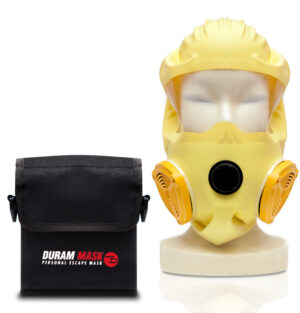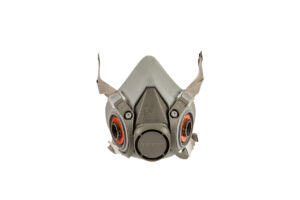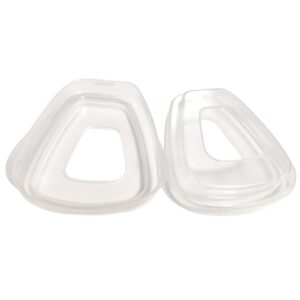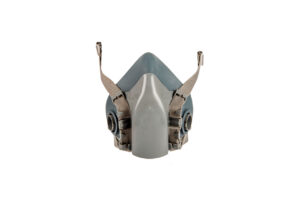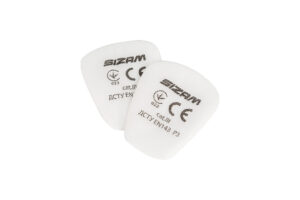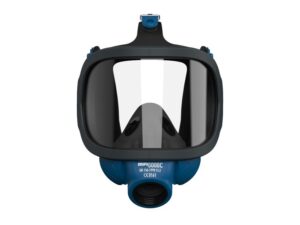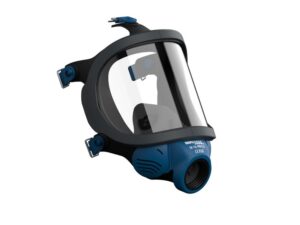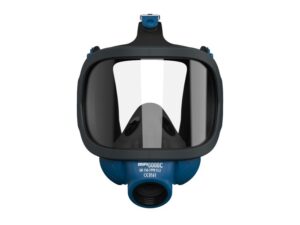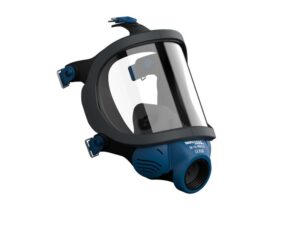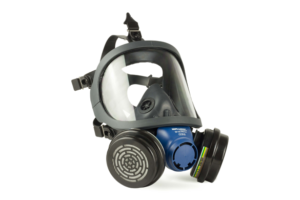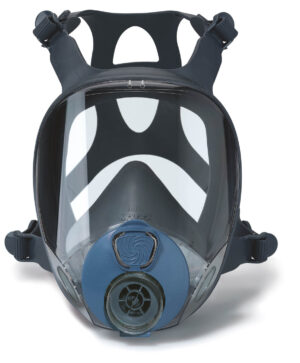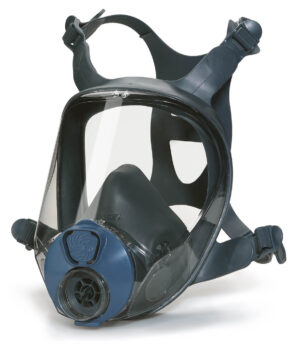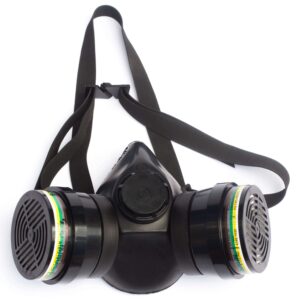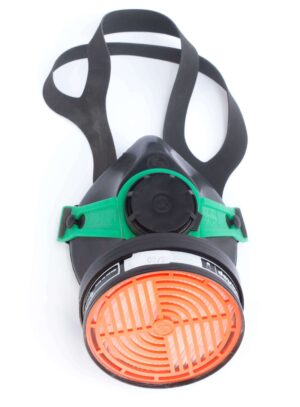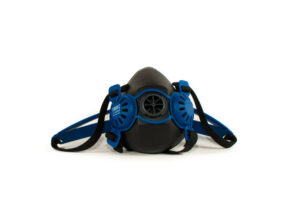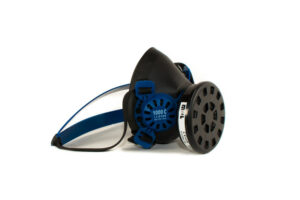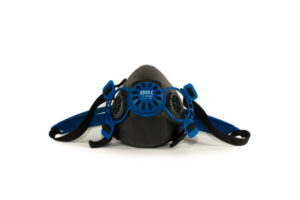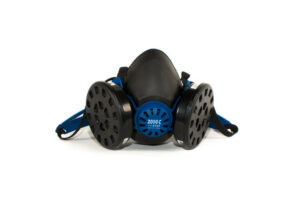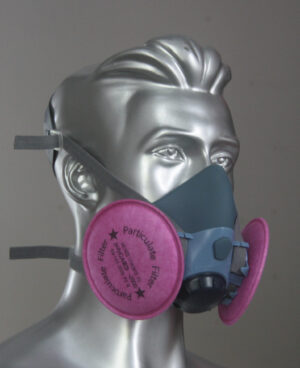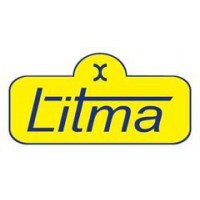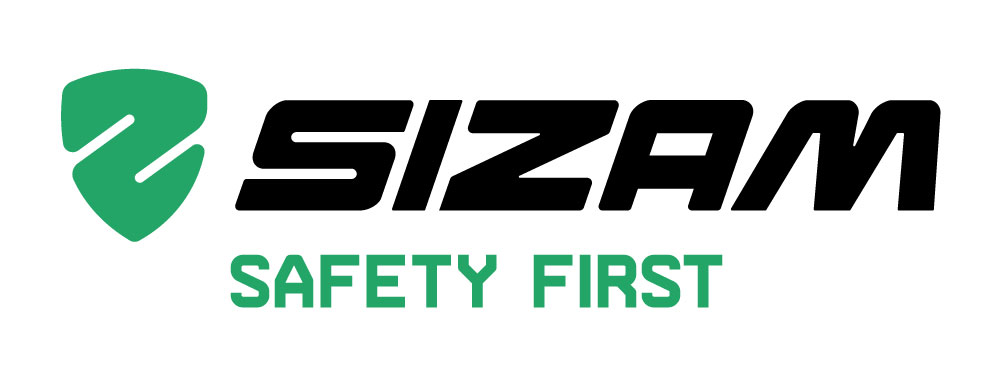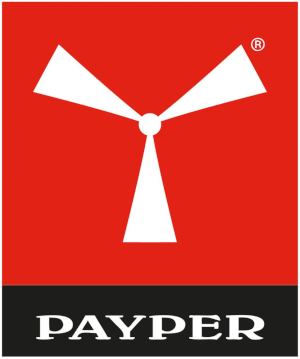Respiratory protective equipment (PPE) – Selection, Use, Maintenance, Purchase
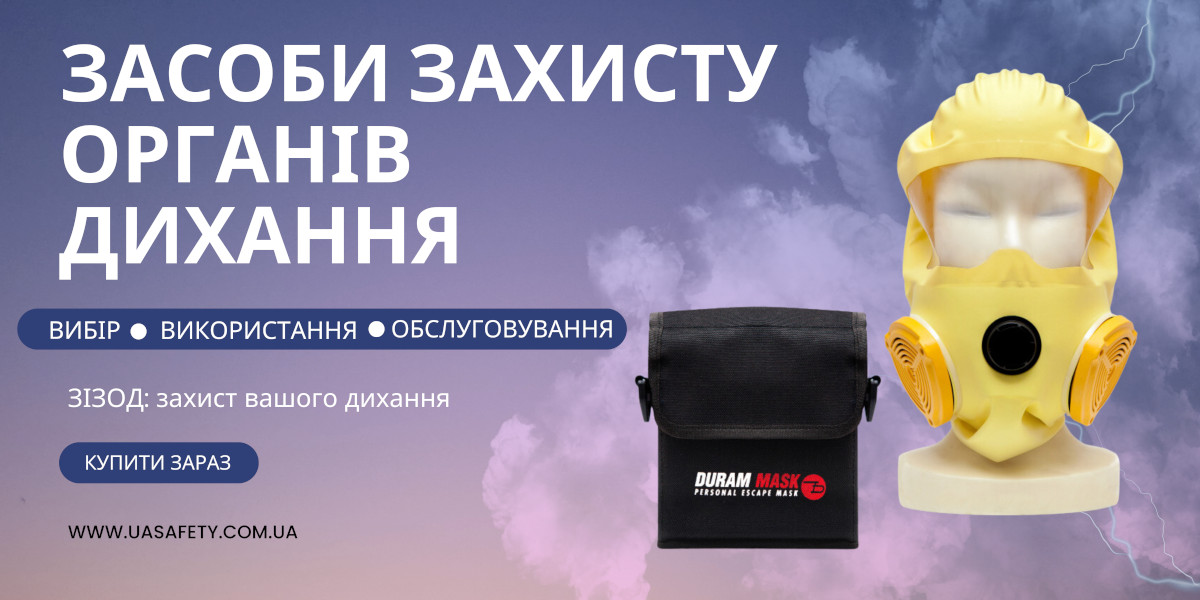
- Introduction to respiratory protective equipment (PPE)
- The importance of SIZOD in different industries
- Different types of respiratory protective equipment
- Disposable masks
- Half masks
- Full face masks
- Powered Air Purifying Respirators (PAPR)
- Self-contained breathing apparatus (ASA)
- Factors that must be taken into account when choosing SIZOD
- The nature of the hazard
- The necessary level of protection
- Comfort and fit
- Durability and maintenance
- Proper use and maintenance of SIZOD
- Putting on and removing PPE
- Cleaning and storage recommendations
- Regular checks and replacements
- Education and trainings on the use of SIZOD
- The importance of learning
- Learning methods and resources
- Compliance with rules and standards
- The role of employers in providing personal protective equipment
- Legal obligations
- Assessment of workplace hazards
- Provision of appropriate PPE
- Ensuring proper use and maintenance
- Common mistakes about SIZOD
- PPE as a substitute for other safety measures
- Checking fit and tightness
- Facial hair and compatibility with SIZOD
- Benefits of using personal protective equipment at the workplace
- Protection against airborne hazards
- Reduction of occupational diseases
- Increasing labor productivity and morale
- Future trends and achievements in SIZOD technology
- Improved filtration and breathability
- Integration of intelligent functions
- Increased comfort and ease of use
- Conclusion
- Frequently asked questions Where to buy SIZOD?
Respiratory protection: protecting your breathing
Respiratory protective equipment (PPE) play a vital role in ensuring the health and safety of workers in various industries Whether it is protection against harmful particles in the air, gases or vapors, PPE serves as protection for the respiratory system. In this article, we will review the different types of respiratory protective equipment, their selection criteria, proper use and maintenance, training requirements, employer responsibilities, common mistakes, benefits, and future improvements. So let's dive in and find out how PPE can protect your breath and protect your well-being.
The importance of personal protective equipment in various industries
In industries such as construction, manufacturing, health care, and agriculture, workers are often exposed to hazardous substances in the air that can have serious health consequences. These substances can include dust, chemicals, biological agents and toxic gases. Without proper respiratory protection, prolonged exposure to these hazards can lead to respiratory diseases, allergies, and other serious illnesses. The PPE acts as a barrier, preventing the inhalation of harmful particles and providing a safer work environment.
Different types of respiratory protective equipment
-
- Disposable masks. These lightweight masks are typically used in low-hazard environments. They provide basic protection against larger particles, dust and non-toxic substances. However, they are not suitable for prolonged exposure or high risk conditions.
- Half face masks. Offering more comprehensive protection, half masks cover the nose and mouth, filtering out a wider range of hazardous particles. They are typically used in industries where workers are exposed to moderate levels of airborne hazards.
- Full face masks: Providing a high level of protection, full-face masks cover the entire face, including the eyes. They provide effective protection against toxic gases, vapors and particles. These masks are commonly used in chemical and industrial environments.
- Powered Air Purifying Respirators (PAPR). The PAPR uses an electrically driven fan that supplies filtered air to the user. They provide a constant flow of clean air and are suitable for rooms with polluted air. PAPRs are commonly used in healthcare, pharmaceuticals and hazardous waste management.
- Self-contained breathing apparatus (SCBA): SCBAs are advancedrespirators, which provide the highest level of protection. They consist of a mask connected to an air supply system that allows the wearer to work in an oxygen-deficient or highly toxic environment. SCBAs are commonly used by firefighters and rescue workers.
- Gas masks.
Factors that should be taken into account when choosing SIZOD
Several factors should be taken into account when choosing a suitable means of respiratory protection:
- Nature of danger: learn about the specific airborne hazards present in your workplace in order to select appropriate PPE that can effectively filter or neutralize those hazards.
- Required level of protection: Assess the severity of the hazards and select personal protective equipment that provides the required level of protection. Make sure it meets the relevant safety standards and certifications.
- Comfort and fit: PPE must fit snugly and comfortably to provide adequate protection. Convenient equipment promotes compliance and reduces the risk of misuse.
- Durability and maintenance: Take into account the requirements for durability and maintenance of the selected SIZOD. Regular inspections, cleaning and timely replacement of filters and parts are necessary for optimal performance.
Proper use and maintenance of SIZOD
To maximize the effectiveness of respiratory protective equipment, proper use and maintenance are critical. Follow these guidelines:
- Putting on and removing PPE: Wash hands before touching PPE. Follow the manufacturer's instructions to ensure proper donning and doffing procedures, creating a proper seal for effective protection.
- Instructions for cleaning and storage: Clean PPE regularly according to the manufacturer's instructions. Store it in a clean, dry and well-ventilated area away from pollutants and direct sunlight.
- Regular checks and replacements: Perform regular inspections to ensure equipment integrity. Replace damaged or expired components such as filters and cartridges, according to the manufacturer's recommendations.
Education and trainings on the use of SIZOD
Adequate preparation and training are necessary to ensure the effective use of respiratory protective equipment. The main principles include:
- The importance of learning: Workers must understand the hazards they face, the limitations of personal protective equipment and how to use it properly. Training should be comprehensive and cover PPE selection, use, maintenance and emergency procedures.
- Teaching methods and resources. Employers can provide face-to-face or online training using presentations, videos and hands-on demonstrations. Use resources provided by reputable organizations and regulatory bodies.
- Compliance with rules and standards: Familiarize yourself with local regulations and standards governing the use of PPE. Ensure compliance to avoid fines and keep workers safe.
The role of employers in providing personal protective equipment
Employers are obliged, in accordance with the requirements of the law, to protect the health and safety of their employees. Regarding SIZOD, their responsibilities include:
- Legal obligations: Employers must comply with local health and safety regulations and provide safe working conditions for their employees.
- Assessment of workplace hazards: Conduct a thorough risk assessment to identify respiratory hazards present in the workplace. This assessment forms the basis for choosing the appropriate SIZOD.
- Provision of appropriate means of personal protection: Provide working means of personal protection that correspond to the identified hazards and provide adequate protection. Ensure the right fit and provide a range of sizes to suit the different needs of your company's employees.
- Ensuring proper use and maintenance: Encourage a culture of personal protective equipment use by providing training, monitoring compliance, and establishing regular inspection and maintenance procedures.
Common mistakes about PPE
Let's debunk some common misconceptions about respiratory protection:
- SIZOD as a substitute for other security measures: PPE is the most important safety measure, but should not replace technical controls or other preventive measures. It is an additional means of personal protection.
- Testing and checking tightness: Correct fit is essential for effective PPE protection. A fit check and regular leak checks ensure that the mask fits securely and properly on the wearer's face.
- Facial hair and compatibility with SIZOD: Facial hair can disrupt the tightness of tight-fitting masks, reducing their effectiveness. Workers should be clean shaven or consider alternative PPE options such as Cogo Duram self-rescuers
Advantages of using PPE at the workplace
Implementation of appropriate respiratory protection programs and the use of personal protective equipment can bring numerous benefits:
- Protection against airborne hazards: PPE protect workers from harmful airborne substances, reducing the risk of respiratory and other illnesses.
- Reduction of occupational diseases: By reducing the exposure to hazardous substances, personal protective equipment helps prevent occupational diseases, ensuring the health of working personnel.
- Increasing labor productivity and morale: When employees feel protected and valued, their productivity and morale increase. SIZOD contributes to the creation of a safe and positive working environment.
Future trends and achievements in SIZOD technology
As technology advances, respiratory protection continues to evolve. Some future trends and developments include:
- Improved filtration and breathability: PPE manufacturers are constantly developing improved filters that provide improved protection without compromising breathability and comfort.
- Integration of intelligent functions: Smart SISOD is designed with features such as real-time air quality monitoring, emergency alerts and data collection to improve safety and provide actionable information.
- Increased comfort and ease of use: Innovations in materials and design are aimed at making the PPE more ergonomic for the user, promoting longer use and better compliance.
Conclusion
Respiratory protective equipment is an important component in ensuring the safety of workers in various industries. By choosing the right type of PPE, following proper use and maintenance protocols, providing the necessary training, and meeting legal obligations, employers can create a safer work environment. Remember that personal protective equipment is not a substitute for other safety measures, and their correct selection and use are essential for the protection of workers' respiratory organs.
Frequently asked questions
- Can disposable masks be reused?
-
-
- Disposable masks are intended for single use only and must be disposed of after use. Reusing them can compromise their effectiveness and increase the risk of contamination.
-
- How often should personal protective equipment be checked?
-
-
- PPE should be checked before each use to ensure their integrity. In addition, regular inspections should be carried out in accordance with the manufacturer's recommendations to detect any wear, damage or expired components.
-
- Are employers required by law to provide personal protective equipment?
-
-
- Yes, employers have a legal responsibility to provide workers with appropriate personal protective equipment when they are exposed to respiratory hazards that cannot be eliminated or adequately controlled by other measures.
-
- Can PPE protect against all airborne hazards?
-
-
- Personal protective equipment is designed to protect against specific hazards specified by the manufacturer. It is critical to select PPE that matches the hazards present in the workplace to ensure adequate protection.
-
- What is the importance of fit testing for SIZOD?
-
-
- A fit check in the obturation area ensures that the selected PPE fits correctly and creates an effective seal between the mask and the wearer's face. This helps identify any fit problems and provides optimal protection against airborne hazards.
-
- Where to buy SIZOD?
-
- You can buy respiratory protective equipment on our website https://uasafety.com .ua/catalog/sredstva_zashchity_organov_dykhaniya/
